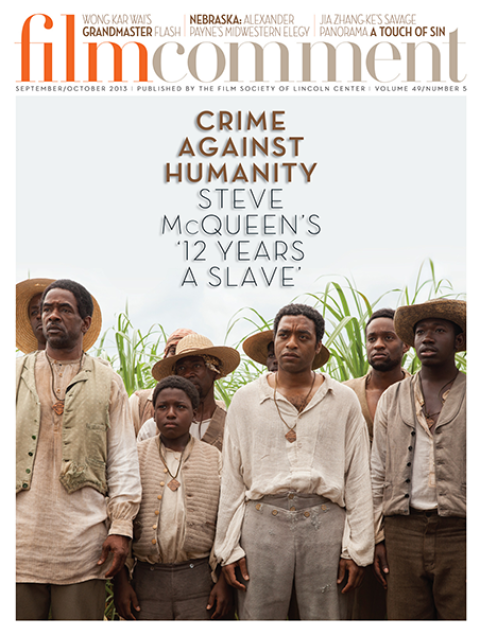
|
As John Ford said to a teenage Spielberg: “Where’s the horizon?” In Philip Kaufman’s 1974 film it rises almost to the top of the frame, an unforgiving expanse governed by harsh winds and superstition. Kaufman’s direction is simultaneously immersive and detached, his camerawork flipping between clockwork-exact (tension-breaking wide shots, static compositions in which landscape takes precedence) and handheld-intuitive (jostling POVs from a dogsled, the blink-of-an-eye action of a polar-bear slaying). The effect recalls the subjective-objective push-pull of New Journalism. Though the Inuit dialogue is helpfully subtitled for the viewer, garrulous Warren Oates and fellow stranded whalers Timothy Bottoms and Lou Gossett struggle to understand: in a narrative that’s part Jack London, part On the Silver Globe, the hostile landscape and unpredictable encounters with native life are experienced by the trio like a head-spinning cinema of attractions, and by the viewer as a new world dazzlingly opened up by Kaufman’s stark visuals. |








